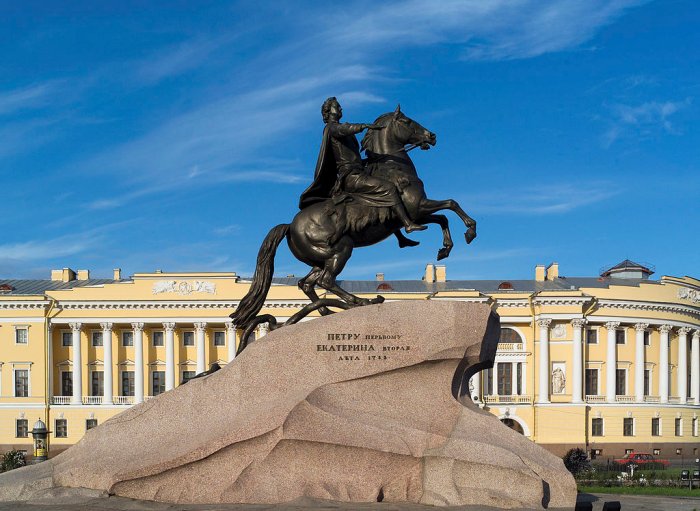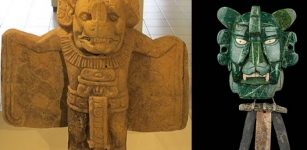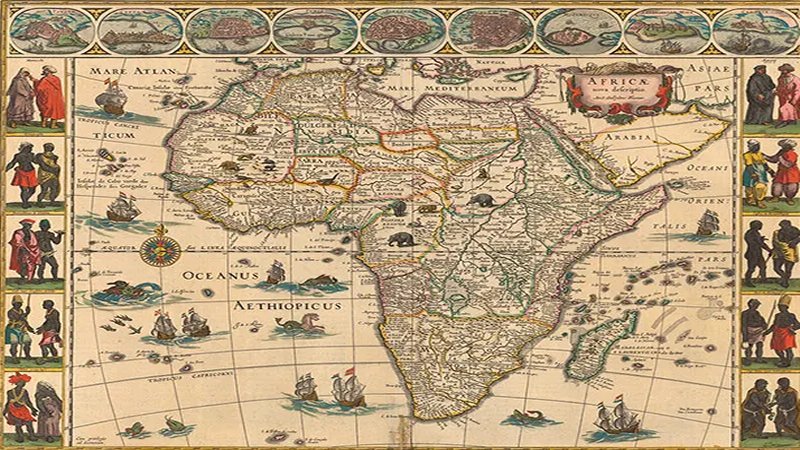The Thunder Stone: World’s Largest Monolith Moved By Man
MessageToEagle.com – The Thunder Stone is the world’s largest monolith ever to be moved by man. It gained its name from an ancient local legend that thunder split a piece off the stone.
The monolith was discovered at Lakhta, 6 km (3.7 mi) inland from the Gulf of Finland in 1768.
The stone was moved from Finland to St. Petersburg, Russia to serve as a pedestal for the Bronze Horseman, the equestrian statue of Peter the Great.
Catherine the Great, a German princess who married into the Romanov line wished to to connect herself to Peter the Great to gain legitimacy in the eyes of the people. She ordered therefore ordered the construction of the Bronze Horseman. It was her way of showing her admiration for her predecessor and her view of her own place in the line of great Russian rulers.

Today, the statue is one of the symbols of Saint Petersburg, in much the same way that the Statue of Liberty is a symbol of New York City.
See also: Great Pyramid of Cholula: World’s Largest Pyramid
It is said that the Thunder Stone was moved by manpower, rollers, and capstans. Later it was transported by barge up the Neva River to St. Petersburg. Moving the stone required 400 men and took nine months, during which time master stonecutters continuously shaped the enormous granite monolith.

The workers made over 150 m of progress a day while on level ground. Upon arrival at the sea an enormous barge was constructed exclusively for the Thunder Stone. The vessel had to be supported on either side by two full-size warships.
After a short voyage, the stone reached its destination in 1770, after nearly two years of work. A medal was issued to commemorate its arrival, with the legend “Close to Daring”. The stone’s dimensions before being cut were 7 × 14 × 9 m. Based on the density of granite, its weight was determined to be around 1500 tones.
The entire effort is considered a historic feat of engineering!
MessageToEagle.com
Expand for referencesReferences:
Wikipedia










